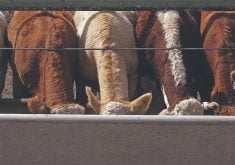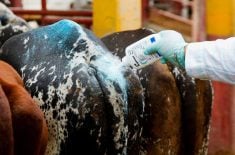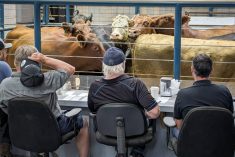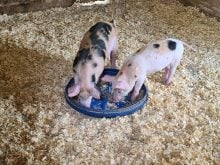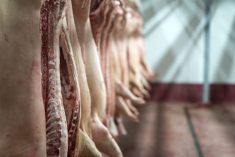WASHINGTON, May 17 (Reuters) – Cases of porcine epidemic diarrhea (PEDV), a virus associated with diarrhea, vomiting and dehyrdation in hogs, has been found in Iowa and possibly beyond, U.S. government and private industry officials said on Friday.
The outbreak, the severity of which is not yet known, is believed to be the first of PEDV in the western hemisphere, although the virus exists in much of the world.
The U.S. Department of Agriculture’s National Veterinary Services Laboratories has detected the virus in the Iowa hog population, a USDA spokesperson said.
Read Also
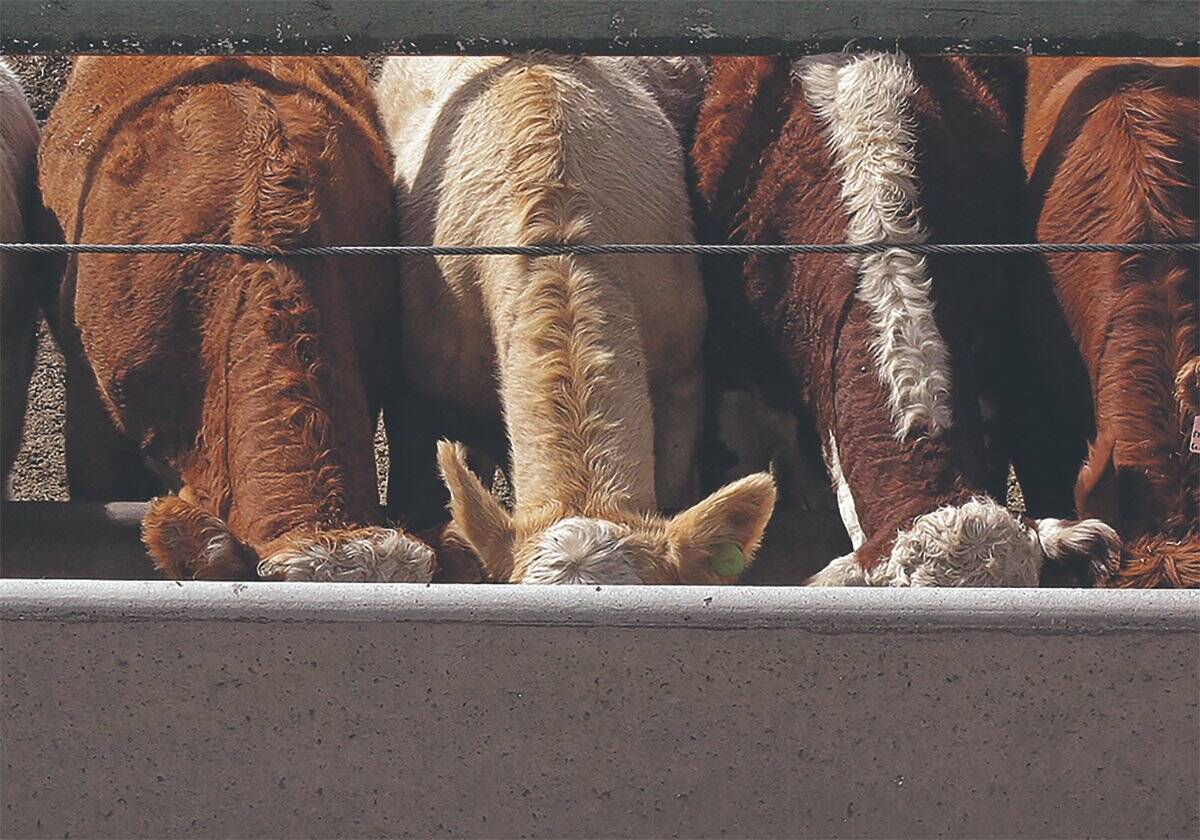
U.S. livestock: Cattle fall back, hogs continue slide
Chicago cattle futures fell back on Tuesday. Hogs continued to slide. Most-active December live cattle futures closed at 227.775 cents…
Cindy Cunningham, spokesperson for the National Pork Board in Des Moines, Iowa, said: “It may be a little bit more widespread than just with Iowa at this point … we’re still trying to understand that and determine where it all is.”
Hog futures in Chicago fell sharply on Friday as rumours swirled the disease had been detected in Iowa, the largest U.S. producing state, and Minnesota.
PEDV is not a food safety concern and does not affect humans, the USDA spokesperson said.
Officials with USDA’s Animal and Plant Health Inspection Service held a call with livestock industry representatives on Friday to discuss the situation. There are currently no interstate trade restrictions related to PEDV for U.S. hogs and pigs.
PEDV has been seen in England, much of Europe, China, Taiwan and South Korea, according to Iowa State University. It closely resembles transmissible gastroenteritis (TGE) in swine.
“We don’t know the orientation of this particular disease (PEDV) and how it first got here to the United States,” Cunningham said.
Tom Burkgren, executive director of the American Association of Swine Veterinarians, said his group was getting “conflicting reports” on how the virus might have arrived.
There is no effective treatment for the virus other than good care and the provision of adequate water to combat dehydration, according to the university. Sanitary and quarantine measures can help to slow the spread of the virus.
“All ages of the swine can be affected. But the most severe clinical signs are seen in the very young and nursing baby pigs, the baby pigs that are still nursing,” said Burkgren.


